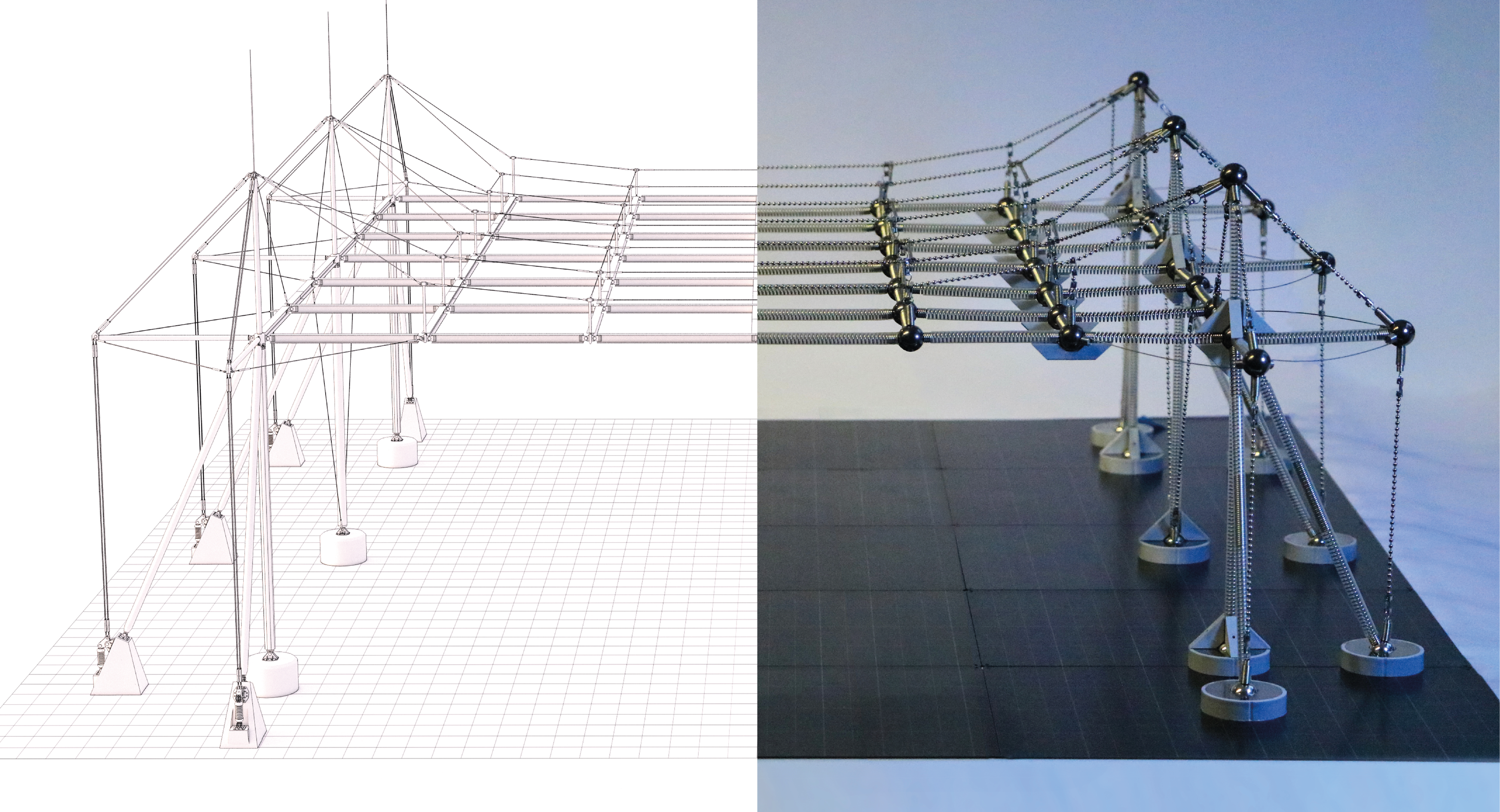Nature always has solutions to adapt and survive in the most extreme conditions. The Brazilian students Marcelo Marçal e Rafael Cirino, of Mackenzie Presbyterian University, took inspiration from a crab that lives in mangrove forests to create their final paper. Their project, advised by professors Cesar Shundi Iwamizu and Sasquia Obata, won first place in the 14º Alacero Contest for Architecture Students, a contest aimed to promote architectural ideas that used steel as the main material. They were selected among 383 teams from 120 universities of Latin America.

The project is located at Santa Cruz dos Navegantes, a small district in Guarujá, Brazil, with approximately 6000 inhabitants, connected with the city by a small wharf. Recently, the vicinity was revitalized, but not this specific area. This made the students see an opportunity to bring enhancements to the population of this region.
 With three buildings shaded by a unique brise soleil spread along 180 meters, Uçaúna Station is a large-scale biological research center, with a convention center and also an upgraded wharf in the place of the one already existent.
With three buildings shaded by a unique brise soleil spread along 180 meters, Uçaúna Station is a large-scale biological research center, with a convention center and also an upgraded wharf in the place of the one already existent.

Based on English High-Tech structural concepts and the system of cranes in the harbor, the upper module concentrates all the tie rods effort on the top of the column. It transfers the load to a tamping system fixed to the foundation. This allows the cover mesh to move avoiding stress in the connections.
Utilizing biomimetic architecture principles, the structure takes inspiration from the crab uçaúna, and it's built with modules of six meters to make transport and building faster, cost-effective, and sustainable. The project uses this modular and lightweight steel structure intending to be durable, a solution aligned with the Health and Well Being competition theme, which is inspired by the United Nations 2030's Agenda for Sustainable Development.

"The project has a high degree of development throughout its spectrum, highlighting the use of steel and, above all, structural typological research, where an interaction between industrial design, structure, and architecture is noted, thus achieving a comprehensive and contemporary project", says the examining board of the competition.
To understand how the structure would react with the conditions presented, the team used Mola Structural Kits. As Marcelo says, "Mola was perfect for simulating what we had in mind, as it is also modular and lightweight. It truly simulates all the characteristics of a well-made steel structure."

Marcelo's parents are also architects and supporters since the crowdfunding of Mola Structural Kit 1. "I always had an interest in objects you can assemble and had contact with Mola before I even decided to be an architect. This foundation was essential to the project."
Marcelo and Rafael are already taking opportunities coming with the competition and are looking for financial support to build Uçaúna Station.
It's part of our mission to inspire the next generation of city shapers. That’s why it's so rewarding to see Mola Structural Model used to support innovative projects capable of impacting a whole community and winning contests like this.









Share:
The hands-on approach to inspire the next generation of structural engineers